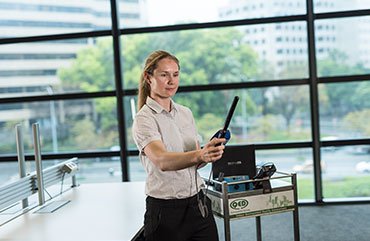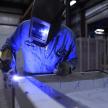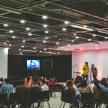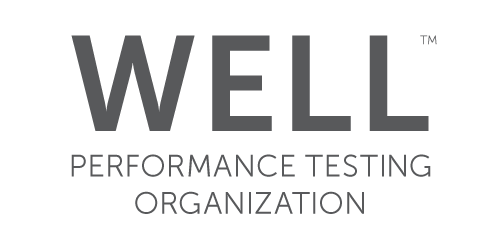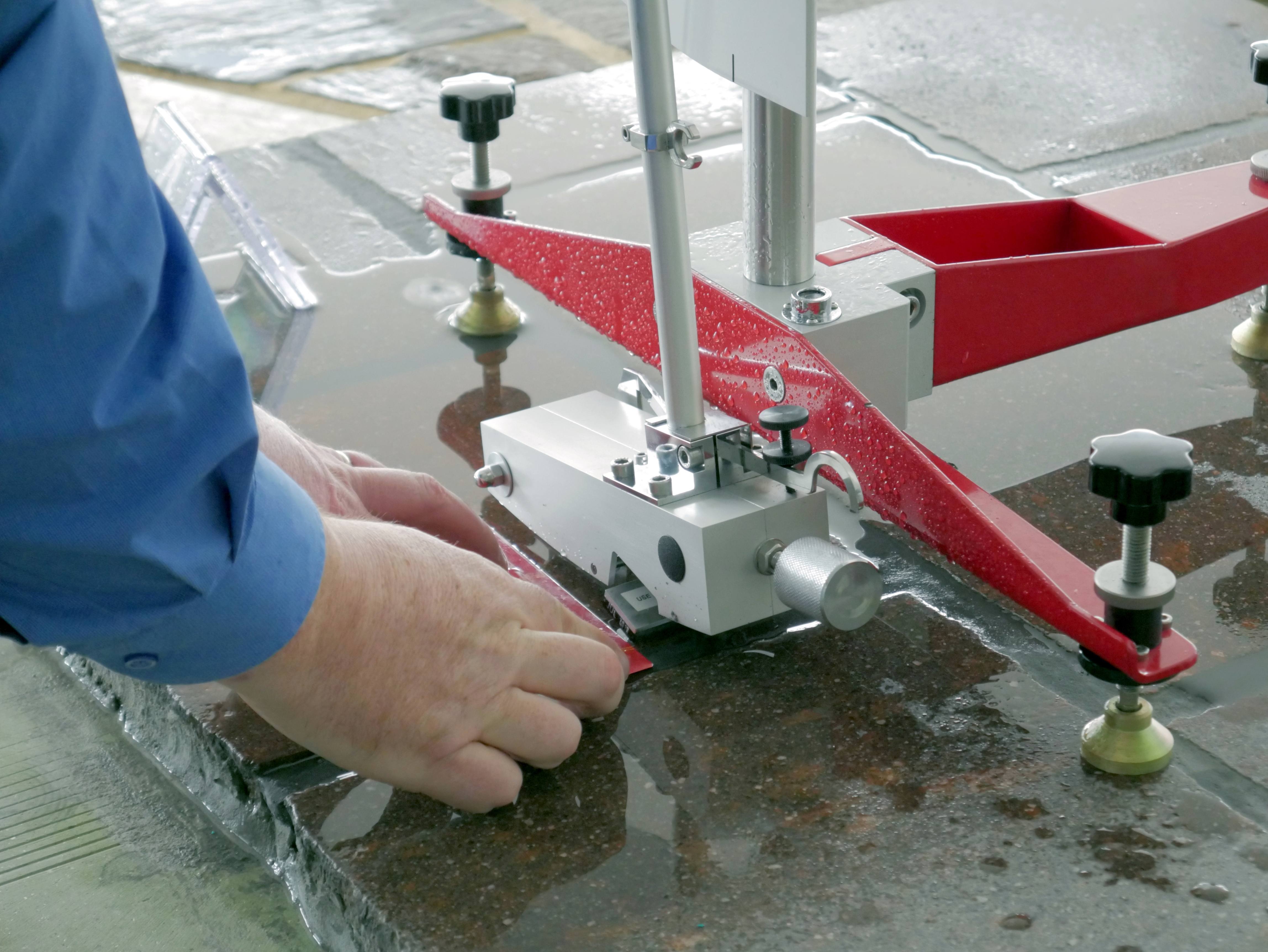
12th
Ceramic Consutlants Boost QED Slip Testing Service
Slip testing has continued to be a highly sought after service from QED’s customers, and so we could not be happier to announce our recent partnership with Ceramic Consultants, who will be undertaking slip testing projects within QED's quality management system.
Alex Bonini is the Founder and Director of Ceramic Consultants, who offer a range of tests and reports based around the ceramic tile and natural stone tile industry and some associated industries with similar testing procedures.
“I have been in the ceramic industry almost 40 years and have be actively involved in developing the current standards to tile installation. My consultancy provides the means to measure the quality or compliancy of both products used and workmanship,” said Alex. “Ascending into a highly audited extension of what I already do seemed like natural progression and I could not be happier to have joined the QED family.”
Facility owners and managers have a duty of care and compliance obligation when it comes to the risk of pedestrians slipping, tripping, or falling on floor surfaces.
Accredited and independent slip resistance testing will determine if floor areas meet minimum anti-slip performance requirements and regular testing can help to manage risks arising from wear and surface treatments such as cleaning.
We asked Alex a few questions after joining the QED team, starting with why slip testing is so important for facility owners and managers to stay abreast of.
“Essentially it comes down to a duty of care. The health of humans working or living on these surfaces is a prime concern and a failure by the architects, builders or building owners to perform due diligence can lead to litigation”, Alex said.
And while the type of floors we can perform slip testing on varies greatly, there is one surface that accounts for a huge percentage of our work. “As far as the slip testing goes ceramic tiles is by far the most common. However interestingly, this is closely followed by coatings applied to netball courts, particularly given the nature of the game, which involves a lot of sudden stops on court and the fact that most netball courts are outside and exposed to the elements”, Alex said.
QED can perform either the Wet Pendulum Test (which is most commonly used) or the Dry Friction Test. These tests can be performed either in the lab with loose flooring product, or if the product has been installed on site we can perform the tests out in the field.
Working with QED, the only NATA accredited laboratory in WA to perform and report on these slip tests, means Alex and the team provide a service second to none and our reporting is assured by an independent third party.
NATA accreditation is a system of audited checks and protocols which provides our clients the confidence to act on the information we provide.
QED can undertake slip resistance of resilient flooring in accordance with;
- AS 4663 : Slip resistance measurement of existing floors.
- AS 4586 : Slip resistance classification of new pedestrian flooring materials.
- HB 198 : Guide to the specification and testing of slip resistance of pedestrian surfaces.
And given his decades of experience Alex is also able to appear as an Expert Witness in all legal platforms to provide factual evidence to matters he has investigated or tested related to ceramics, tiling and natural stone.

Alex Bonini, Slip Testing and Tile Expert
In addition to conducting slip testing for QED, Ceramic Consultants offers a range of services to the construction industry as listed below.
Tests and reports are conducted using Australian and International Standards as well as The National Construction Code.
Inspections as per AS 4349.0
- Ceramic Tile and Natural Stone Installations;
Quality and compliancy of workmanship in accordance with;
- AS 3958.1 Ceramic Tiles: guide to the installation of ceramic tiles.
- Australian Tile Council : Tiles and Tiling Guide.
Tiles and testing of, in accordance with;
- ISO 13006 – Definitions, classification, characteristics and marking.
- AAA Natural Stone Design Manual.
- ISO 10545 Ceramic Tile Test Methods.
Waterproofing in accordance with;
- AS 3740 : Waterproofing of domestics wet areas.
- AS 4654.2 : Waterproofing membranes for external above-ground use.
Adhesives and grouts in accordance with;
- AS 4992.3 Ceramic Tiles : Products for installation : Definitions and specifications.
- AS 4992.2 Ceramic Tiles : Test methods for adhesives.
Relative Humidity Testing for concrete floors prior to the installation of vinyl or epoxy coatings in accordance with;
- ASTM F2170 : Standard method for determining Relative Humidity in concrete floor slabs using insitu probes.
- Moisture Content Testing of absorbent surfaces.
- Flat pad sensor to approximately 15mm depth.
- Infra-red Imaging.
- Moisture detection behind most resilient surfaces.
- MOHs Hardness.
- To all hard surfaces.
- Pull Off Test.
- Pull tensile strength of adhesives and coatings as per relevant standards to that product.
- Luminance Reflectance Value (LRV) Testing.
- Visually Impaired Protocols in regards to surface colour contrasting in accordance with AS 1428.1 (2009).
- Ground Penetrating Radar (GPR)
- Localised radar imagining of building elements to locate reinforcing and determine concrete thickness.
For more information we also recommend reading our free whitepaper - Slips, Trips and Falls - Your Duty of Care
Categories
Recent Posts
Changes to the workplace exposure standard for welding fumes
15th Mar
On January 18, 2024, SafeWork Australia made a significant adjustment to the Workplace Exposure Standard (WES) for Welding Fume (not otherwi...
Pseudomonas aeruginosa and the Water Quality Management Plan - it's not just about Legionella.
23rd Feb
Pseudomonas aeruginosa could be responsible for a high burden of disease, and should always be included in a risk management plan....
Navigating the New Norm: Prioritising Indoor Air Quality for Events and Venues
06th Feb
Throughout 2023 there was a surge in venue managers looking to help clients feel at ease in regards to indoor air quality....



